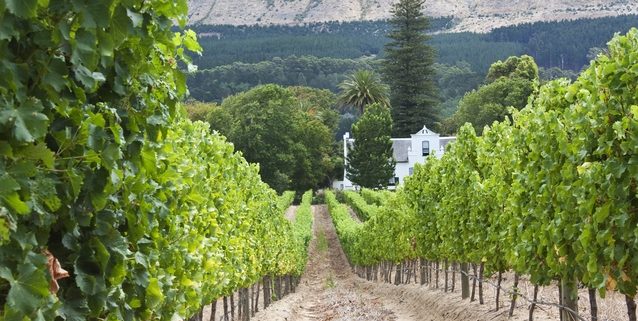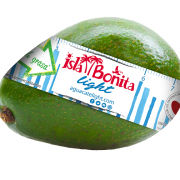Vineyard: the globalized culture par excellence
If globalization dictates on economic, political and social relations, foot field is an example that illustrates in recent decades: the vineyard. The relocation of the crop beyond the shores of the Mediterranean has reached and even China, a market with great potential consumption of wine, which stands as the second vineyard in the world, behind Spain. The OIV has analyzed the potential for wine production, the balance of the harvest and the market situation and international exchanges in 2015.
Paris. Headquarters of the International Organisation of Vine and Wine (OIV). Its CEO, Jean-Marie Aurand, takes stock of what the vineyard without borders has given him over the past year. “The evolution of culture undergoes a slight contraction of 7000 hectares,” he says. China and New Zealand are committed to increase the vineyard. Across Europe it is seen as backward.
The EU promotes apply authorizations vineyard plantations. Already it published the application of the system of authorizations this year. Spain has set in 4,173 hectares surface which may be granted for authorizations for new planting, equivalent to 0.43% of the national area planted to July 31, 2015. The national vineyard continues as a leader in acreage over 1 million hectares ahead of China (0.82 million hectares) and France (0.78 million hectares).
The crop in terms of production and consumption
The global wine consumption continues to rise, despite the economic and financial crisis. The United States is the country that drinks wine. While in traditional producer countries is stable, China is still committed to the drink: 16 million hectoliters.
In key production, wine continues its expansion and achieves 274.4 million hectoliters in 2015 (+ 5.8 million hectoliters). Italy is in the lead (49.5 million hectoliters), followed by France (47.5 million hectoliters) and Spain (37.2 million hectoliters).
The United States continues pressing (22.1 million hectoliters).
In the southern hemisphere: decreases in Argentina (13.4 million hectoliters), increases in Chile (12.9 million hectoliters) and stabilized in Australia (11.9 million hectoliters). Instead, wine production remains disagreement on harvest in South Africa (11.2 million hectoliters) and China (11 million hectoliters).
Orientate growing demand of markets
International exchanges grow in volume (+ 1.8%), with 104.3 million hectoliters and value (+ 10.6%) with (28,300 million euros). “Our crops and our productions must guide what they demand consumers that it is ultimately what we demand markets,” said Francisco Martinez Arroyo, Minister of Agriculture of Castilla-La Mancha, the great wine lung the world, when he visited the facilities of the cooperative Galan Membrilla-Bodegas Rezuelo, a cooperative that has been implicated in the differentiation of the price of grapes in terms of quality.
The modernization of wineries, thanks to the efforts of the winegrowers and the effort of the Administration, has created a project to “separate the grape varieties during the reception and pay depending on the product quality provided by each partner” because ” the extent we are able to do so, will be able to compete better, “said Martinez. In line with his words when it comes to quality, not only have to refer to health, but also to what the market demands. The Gallant of Membrilla-Bodegas Rezuelo Cooperative is an example of many other companies that are committed to market packaged and its wines us to more places.
Integrated to be bigger, to go further
The Spanish Ministry of Agriculture recognized late last year as the food group Priority DCOOP, the largest producer of olive oil with production exceeding 250,000 tons Associative Entity. The largest agricultural cooperative in southern Spain is also dedicated to other products such as table olives, goat milk, beef cattle, supplies, pigs, cereals, and wine, which is a world leader as well.
In wine is the result of the merger with Bodegas Associated Cooperatives (BACO), which occurred in 2014.doce member cooperatives with over 200 million liters of wine production: red and white, of different varieties and appellations of origin. It operates mainly in the largest vineyard in the world: La Mancha.
The central niche business DCOOP is the olive oil has expanded its commercial tentacles in the world, due to the agreement with the Pompeian Group, headquartered in the US, it has several companies related to market olive oil and other products, but operates in other countries. The commitment looking for a become a world leader in the sale of olive oil, addressing all global markets to be the leading operators, “an alliance that is open to grow future to enhance this leadership and addressing all links of the chain based on the defense of the quality and goodness of olive oil along with a whole chain traceability and food safety total: starting from the origin initially harvest the world’s largest olive oil producer; through the industry with a dimensioned to address all markets capacity; culminating in the consumer through proprietary and external brands marketed in the distribution, “according to sources DCOOP. It is doomed to be adopted sooner or later in the wine sector strategy.
Francisco Martínez Arroyo, Minister of Agriculture of Castilla-La Mancha to the governing councils of the wineries and cooperatives DCOOP Group of Castilla-La Mancha, praised the effort in trade integration, which he described as “necessary, for greater capacity trading in the food chain, because the future lies in these merger plans.” The regional government commits itself to strive to support these trade integration projects over the coming years.

















